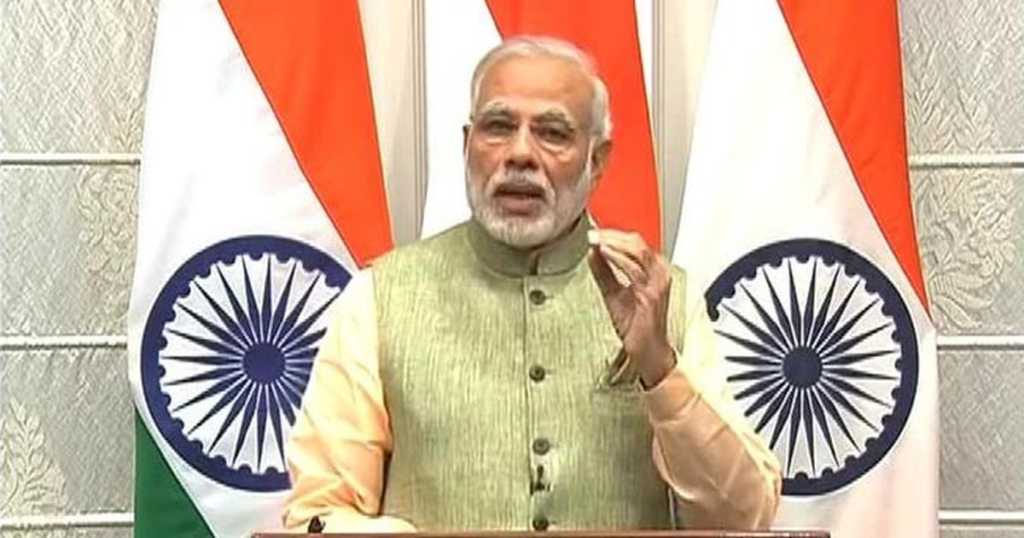More data-based proof has emerged to shut down the loud critics of Demonetisation. The Income Tax department has detected Rs 10,767 Crores of undisclosed income during the fiscal year 2017-18 which is 20 percent more than the previous fiscal year. This undisclosed income was detected in verification of Non-PAN (Permanent Account Number) data, Foreign Account Tax Compliance Act (FATCA), Automotive Exchange of Info (AEOI), and Common reporting standard (CRS) data. A senior department official said that the Directorate General of Income Tax (Intelligence and Criminal Investigation) unearthed Rs 10,767 crore undisclosed income, up from the Rs 9051 crores detected in the previous Financial Year of 2016-17.
FATCA is an agreement between the Indian government and the United States which enables automatic exchange of financial information between both countries. Indian financial institutions have to provide necessary information to tax authorities, which will be transmitted to the US. The inter-governmental agreement (IGA) with the US for implementing FATCA came into effect on August 31, 2015. This agreement does not help India in anyway in improving taxation but it will prove reliable information to help in curbing global tax avoidance. The FATCA cases in the fiscal year 2017-18 shot up three times in comparison to the previous fiscal year. According to an officer from the IT department ” In the previous fiscal, more than 3500 cases were verified, compared to 827 cases in FY 2016-17, thus seeing a three-fold growth. Furthermore, undisclosed income under FATCA also shot up to double during the year.”
The CRS is an information standard for the automatic exchange of tax and financial information on a global level developed by the Organisation for Economic Co-operation and Development (OECD) in 2014 on the lines of FATCA, but encompassing more countries and a wider scale of network. The goal of CRS is to allow tax authorities to obtain a clearer understanding of financial assets held abroad by their residents, for tax purposes. 97 countries had signed an agreement to implement it. First reporting was planned for September 2017, with the rest of the signatories planning to report by 2018. The major difference between FATCA and CRS is that FATCA is limited to reporting taxation information about US citizens while CRS is a wider global network of 97 countries for the exchange of taxation information. As per an official from the IT department “Post the November 2016 demonetisation drive, AEOI/CRS cases had also shot up three times, from 650 cases in FY 2016-17 to 2300 cases in FY 2017-18 and undisclosed income under AEOI/CRS shot up to Rs 25.92 crore in FY 2017-18 from Rs 2 lakh in FY 2016-17.”
The surge in the FATCA and CRS cases in the post demonetisation period suggests that the bold decision of demonetising 86 percent of Indian currency helped to curb foreign black money invested in India. The issue tax avoidance is a global problem, and until every country shares information about black money, concrete action can not be taken against tax avoidance. India has cleared its stance against global black money by sharing the information about taxable income invested in the country by global financial institutions and individual investors. Now Switzerland, Mauritius and many other countries where black money by Indian people and institutions are kept/invested should can share information to our taxation authorities.
The monumental decision of demonetisation got a lot of criticism. Every Tom, Dick have Harry have become self declared economists suggesting that demonetisation is a disastrous decision, but data of the post demonetisation period’s tax collection suggests that it has had a positive influence on the economy. The number of taxpayers has been up by more than 50 percent since November 2016, the formalization of the economy increased exponentially, and their has been much more transparency.
